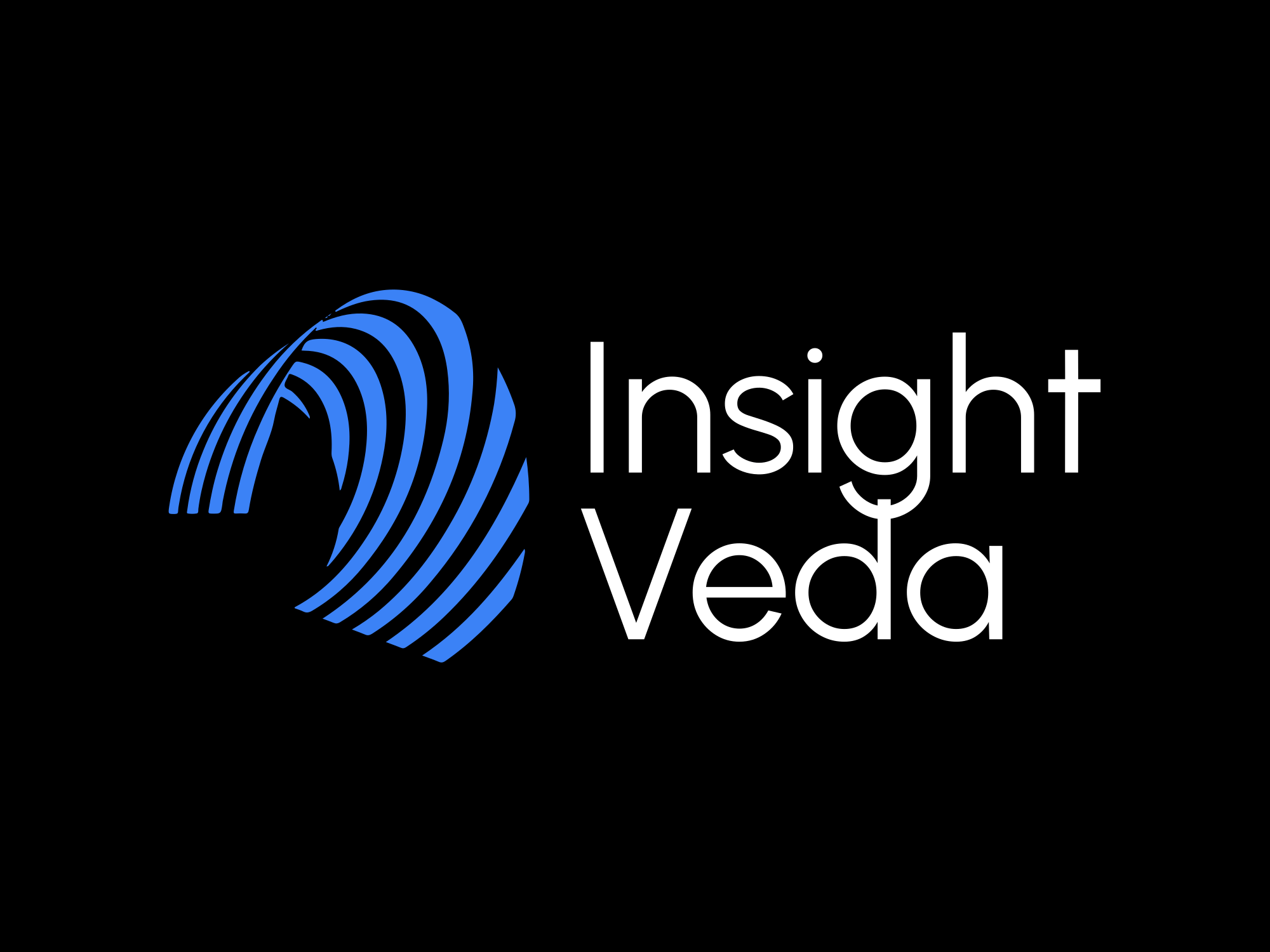AI Design 1: Designing an AI-Driven Notification System
Let’s explore how to design a modern AI-powered notification system that delivers relevant, timely, and context-aware messages across multiple channels.
1. Problem Space
Traditional notification systems often lead to spammy, irrelevant alerts that overwhelm users. They typically operate on fixed rules, lack prioritization mechanisms, and trigger notifications based on static thresholds rather than contextual insights.
- Users receive too many alerts, leading to alert fatigue.
- No understanding of user preferences or intent.
- Non-contextual triggers and rigid delivery rules.
2. What AI Changes
- LLMs for Context Understanding: Analyze user behavior, preferences, and current context to determine relevance of alerts.
- Reinforcement Learning: Learn the best time and channel for each notification based on historical outcomes.
- Content Generation: Summarize complex messages using LLMs, or rewrite alerts in personalized tones.
- Predictive Intelligence: Trigger notifications based on likely user needs, rather than only reactive events.
3. System Goals
- Real-time notification delivery across Email, Push, SMS, and In-App channels.
- Highly personalized and adaptive messages, responsive to user context.
- Scalable architecture capable of handling millions of events per second.
- Compliance with privacy regulations and safe handling of user data.
4. High-Level Architecture
- Event Pipeline: Ingest events through Kafka, Pub/Sub, or similar systems.
- Feature Store: Store real-time and historical user data for ML model inputs.
- LLM Orchestration Layer: AI Agents powered by LLMs to analyze and generate personalized content.
- Notification Delivery Engine: Connectors to multiple channels (Email, Push, SMS).
- Feedback Collector: Monitor open/click rates and gather signals for reinforcement learning.
5. Design Decisions
- Inference Placement: Should inference happen at ingestion, transformation, or delivery time?
- Online vs Batch Learning: Trade-off between personalization freshness and compute efficiency.
- State Management: Decide if processors should be stateless for scale or stateful for fine-tuning.
- LLM Hosting: Weigh latency/cost of external APIs vs self-hosting open models like Mistral or Llama.
6. AI-Specific Trade-offs
- Latency vs Intelligence: Richer LLM responses take longer—how fast do you need to respond?
- Privacy and Security: Ensure user data is anonymized or masked when interacting with models.
- Hallucination Risks: Summaries or generated content must not mislead the user.
- Feedback Loops: Require user interaction metrics to improve model precision over time.
7. Real-World Use Cases
- LinkedIn: Smart alerts for job matches, posts, and mentions based on your profile.
- GitHub Copilot: Action suggestions and notifications within the IDE context.
- Duolingo: Personalized nudges based on learning behavior and performance.
Conclusion
Designing an AI-powered notification system goes beyond sending alerts—it’s about building a dynamic, intelligent engine that adapts to each user. The right architecture, combined with LLMs and feedback loops, leads to more meaningful interactions and improved engagement.

